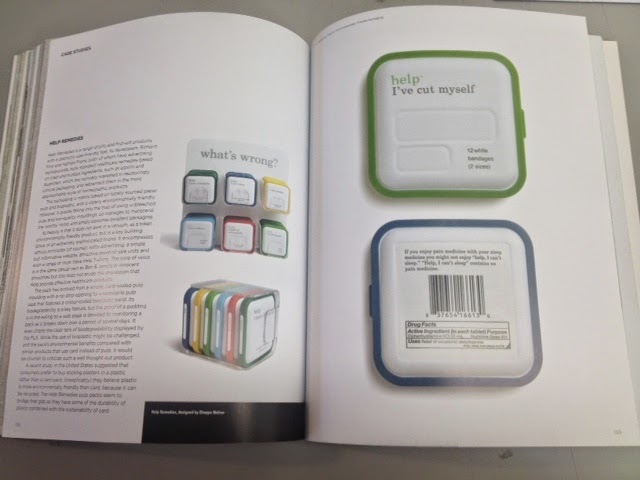A song exposing the effects of consumerism in contemporary society focusing on the Nike corporation & their range of footwear.
In this video singer and rapper, Macklemore talks about the importance of consumerist brands, specifically Nike, to a child's feelings of acceptance & worthiness. Macklemore talks about how his friends couldn't afford a pair of shoes like his Nike Air Max's (one of the best brands) so they wore Adidas trainers (a brand not regarded with the same status as Nike.) He describes how, although he wasn't the best at basketball, compared to all of his friends he had the best and most professional trainers.
Macklemore presents the incredible negativity and violence caused by consumerism in the lyric "my friend Carlos' brother got murdered for his fours" referring to Nike Air Jordan IV's and how this boy was murdered by people who wanted these shoes but could not afford them, therefore resorting to assault and theft. Consumerism emphasises class consciousness and segregates people into a class system hierarchy. You can afford to wear Nike trainers, therefore you are worth something. You cannot afford Nike trainers, therefore you are not worth anything. Although it is not always as black and white as just described, this is ultimately what Macklemore is trying to emphasise.
Through his final words "consumption is in the veins, and now I see it's just another pair of shoes." Macklemore comes to the realisation that consumerism has become a part of everyday life and has enabled people value the worth of others through what they wear, and ultimately what they can afford to buy. The lyrics in the song "I bought these dreams, that all fall down" emphasise that having material items isn't always going to make you happy, sometimes it actually causes you more difficulty and struggle.
Although he makes a very good point through his lyrics, the music video completely contradicts the song, throughout showing young boys wearing a range of Nike shoes, and also groups of people sat in front of a shop with the Nike slogan "Just Do It." Although this is not necessarily presenting the brand in a positive light, it is still featured in a pop song which has been watched by nearly 50million viewers.



















